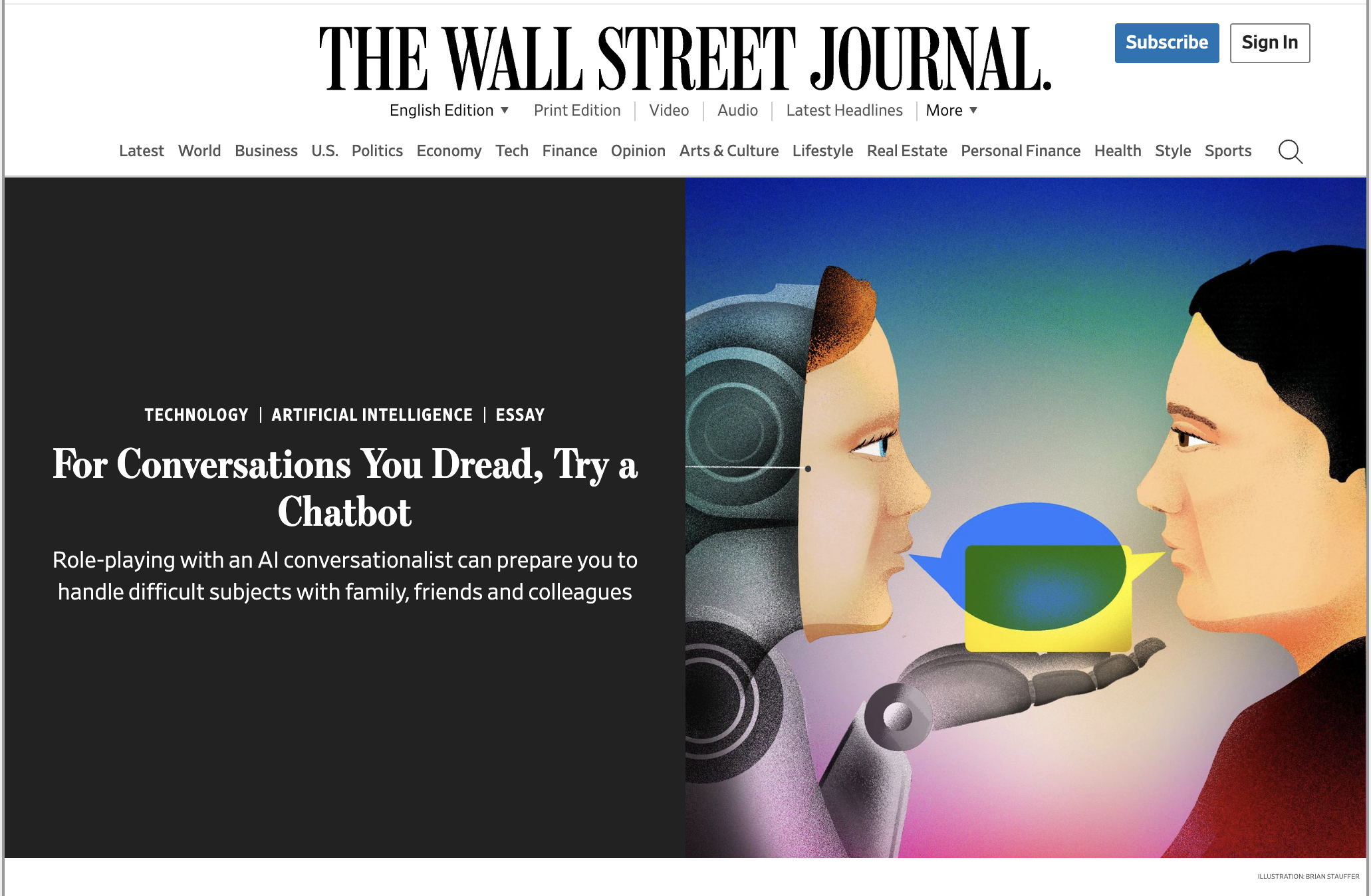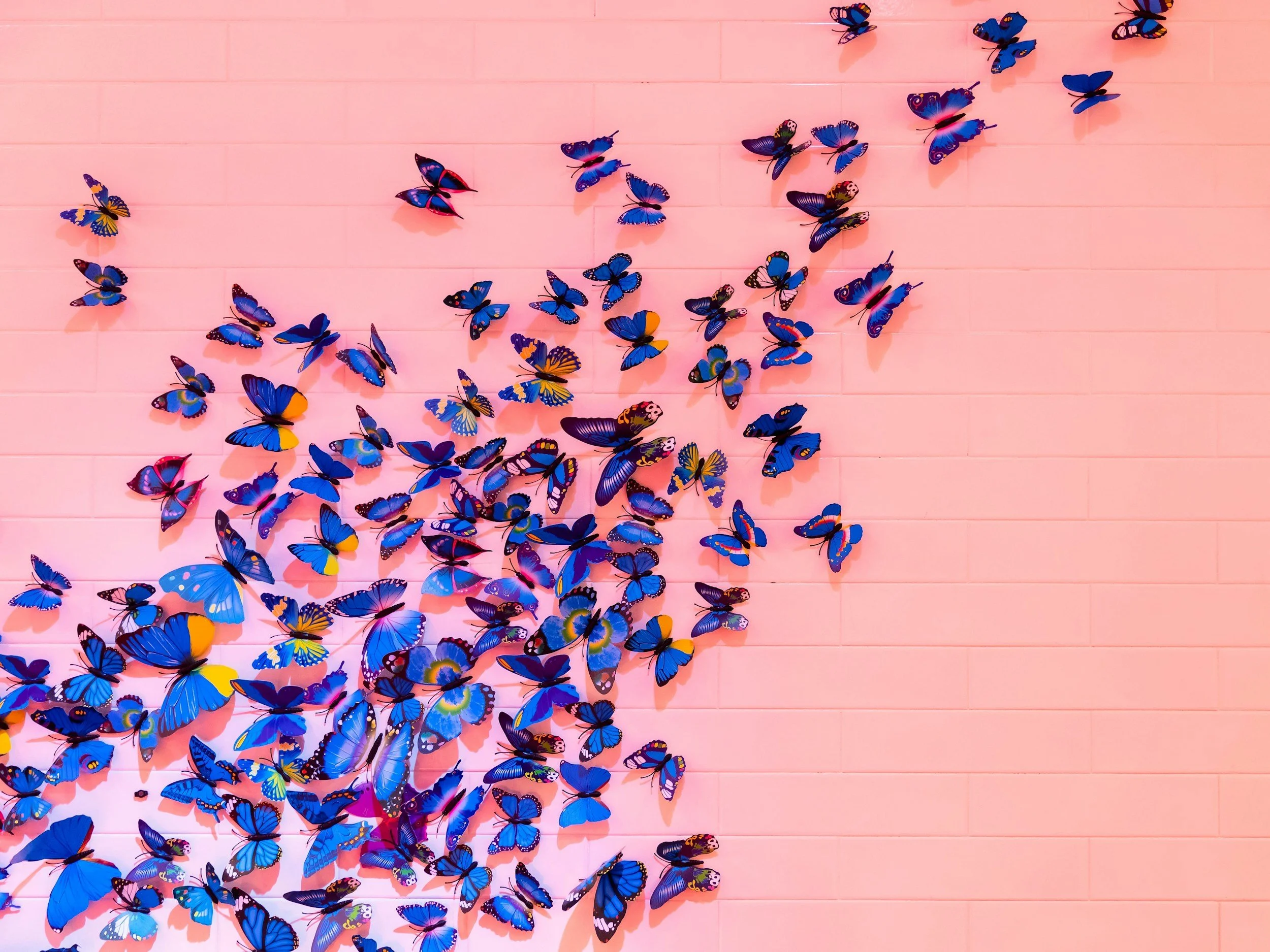Have Lots of Ideas
Linus Pauling, the only person in history to win two individual Nobel Prizes, succinctly describes the essence of productive creativity: “The best way to have a good idea is to have lots of ideas.”
Pauling’s claim has been supported by various research efforts over the last several decades. One recent study claims, "We found that higher number of responses on the divergent thinking task was significantly associated with higher creativity (r = 0.73) as independently assessed by three judges." Which is to say, having lots of ideas is the best way to have good ideas.
Sounds simple enough. But just how many is “lots”?
By one man’s measure, that number is 5,127. That’s how many iterations James Dyson undertook to perfect the world’s first bagless vacuum cleaner. The exact number varies by field, but suffice it to say, “lots” means hundreds, if not thousands of ideas.
Which is to say, “lots of ideas” is likely lots more than you’d normally think.
I’m curious to know: what are folks’ favorite tactics to stimulate imagination and feed the flow of ideas? Drop your comments below, if you’re interested in the conversation, too.
Related: Join the Quantity Group
Related: Set An Input Quota
Related: Inputs —>Outputs
Click here to subscribe to Paint & Pipette, the weekly digest of these daily posts.
I’ve been working on a radical new course at Stanford, which I’m excited to share more details on soon. In the meantime, sharing an early iteration of my thinking on the topic, in the form of my WSJ piece co-authored with the brilliant Kian Gohar.
This post marks my 200th edition of Methods of the Masters—and serves as a fitting bridge between my early focus on human creativity and more recent AI work. In an age of infinite AI inputs, our biology demands we cultivate equally intentional human disconnection strategies.
Special guest post by Brendan Boyle, one of Stanford’s most beloved professors, acclaimed toy inventor, and founder of IDEO’s Toy Lab. He’s taught me more about play than anyone other than my own children.
In five years, no one will care how many people logged into ChatGPT. They'll care about who used it to transform their work. The organizations that understand the difference between more use and better use are quietly outperforming their competitors-while everyone else celebrates meaningless "adoption" metrics.
I thought I was running a standard innovation workshop with one of my favorite clients. Instead, I came to face to face with my own biases, and accidentally broke an entire organization's understanding of what's possible.
My new favorite diagnostic: if you cannot find ways to generate more than $200 of value from frontier AI over the course of an entire month, you're failing a basic creativity test.
This isn't about AI's limitations—it's about yours.
“Think:Act Magazine” was curious about how I incorporate AI into my own creative process as a writer, so they visited my home studio to observe my workflow. What followed was a fascinating exploration of how I use multiple LLMs as collaborative partners rather than just tools. Fun to be featured alongside heroes of innovation like Astro Teller, Amy Edmondson, and the legendary design duo Charles and Ray Eames!
A recent study by American Management Association revealed that 58% of professionals feel "behind" in their AI adoption journey. While most folks know me as "the Beyond the Prompt guy," here's what you might not know: I struggle with this stuff too.
Last week, I proposed a simple but fundamental shift: we need to stop thinking about AI as a technology rollout and start treating it like a new teammate. What I didn't fully explain is that this isn't just a semantic distinction. It produces measurably better results.










Everyone’s panicking about “AI glazing.” But what if it’s a feature, not a bug? The creative industry's most successful practitioners understand something the rest of us are missing.